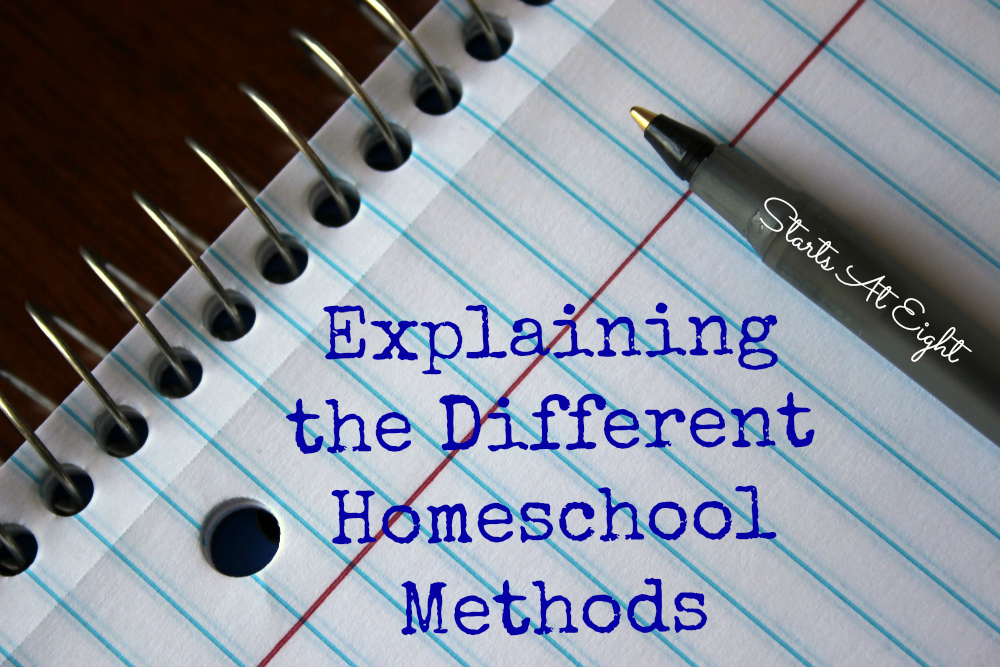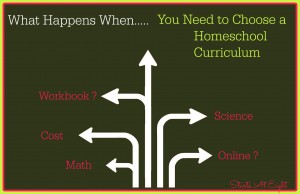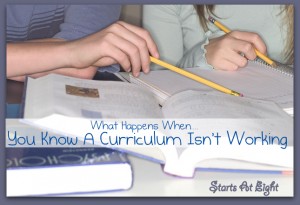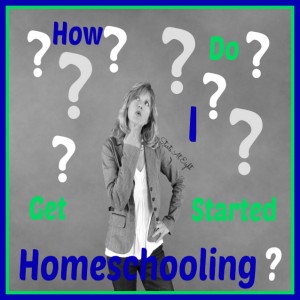Explaining the Different Homeschool Methods
Not every homeschool looks the same. There are actually a myriad of different homeschool methods and styles that people use. Depending on what your family dynamic is and what works for your children, you will most likely naturally fall into one method or another.

Or you might be like our family where I lean in one direction but tend to alter and morph with where my children are at and what they need, which also means we might look like multiple homeschool methods at any given time! Either way, a good place to start is by knowing the various homeschool methods so you can choose
Homeschool Methods
While this doesn’t cover every method, these are the largest, and most common homeschool methods. Besides using one of these at home, you also have the option of online schools.
1. Traditional/School at Home
This typically looks more like what you grew up with in the classroom. It would include textbooks and workbooks for each school subject. You would follow a lesson plan or schedule for the days/weeks and have a more typical grading system.
2. Classical Homeschooling
The Classical Education approach, also called “The Socratic Method” is based on the Trivium, a method of teaching children according to the phases of a child’s cognitive development (concrete, analytical, and abstract thinking).
The Grammar Stage (ages 6-10) focuses on absorbing information and memorizing the rules of phonics, spelling, grammar, foreign language, history, science, math, etc. The Dialectic Stage (ages 10–12) emphasizes logical discussion, debate, drawing correct conclusions, algebra, thesis writing, and determining the why’s behind the information. The Rhetoric Stage (ages 13–18) continues the systematic, rigorous studies and seeks to develop a clear, forceful, and persuasive use of language.
When I first started homeschooling I was classical all the way. My homeschool, night stand “Bible” was The Well Trained Mind: A Guide to Classical Education at Home. Not only is the book full of information about classical education, it is also a great resource for finding resources to teach various subjects. Many of the books and curriculum recommended I have used throughout the years.
3. Charlotte Mason
The Charlotte Mason style of homeschooling uses rich literature and “living books” rather than textbooks or dumbed-down resources.
Charlotte was a British educator in the late 1800s and early 1900s who emphasized respecting each child as a person and giving him a broad education. Her approach works with the way children naturally learn and presents a generous curriculum, including nature study, art and music appreciation, and handicrafts, as well as the usual academic subjects. It seeks to “spread a feast” before the child and let him digest what is appropriate for him at the time. And it uses methods that will nurture a love for learning and reinforce good lifelong habits, not just present a body of information.
You can find out more at Simply Charlotte Mason
4. Unschooling
Unschooling is a child led or natural learning approach that stemmed from the thoughts of John Holt who coined the term “unschooling” when he published it in Growing Without Schooling. With this style you would typically not use curriculum or any scheduled or formal lesson plans. It is the belief that children will best learn the formal subjects of math, history, art, etc in the same manner they learn to walk and talk…naturally.
You can find out more at John Holt GWS
5. Montessori Method
Montessori is a revolutionary method of observing and supporting the natural development of children that has been tested world-wide for over 100 years. Montessori educational practice helps children develop creativity, problem solving, critical thinking and time-management skills, care of the environment, and compassion. It prepares them to contribute to society and to become fulfilled persons. The basis of Montessori practice in the classroom is mixed age group (3 – 6 ages in one class), individual choice of research and work, and uninterrupted concentration. Because children enjoy their work they remember what they learn.
To find out more check out this article from The Simple Homeschool
6. Unit Studies
Unit studies take a theme or topic and incorporate all the school subjects (language arts, history, science, music, art, etc.) into that topic. The idea behind the Unit Studies approach is to completely immerse children in a particular topic, recognizing that on the whole, all of us tend to learn more when we are fully interested and engaged in a subject.
Find Unit Studies
7. Eclectic Homeschooling
An eclectic method of homeschooling is a combination of methods. You take bits and pieces from various methods that work for you and put them together. This is where my family now falls. Find out what eclectic homeschooling looks like for us – What Makes Me An Eclectic Homeschooler
Before boxing yourself into a specific learning style, I encourage you to consider being open to different types of learning as based on how they fit the needs and goals for your homeschool. Try different things, if something isn’t working, don’t be afraid to ditch and try something else. In the end you create the method, the method doesn’t create you!







Encouragement from Veteran Homeschool Moms - Schooling a Monkey
April 18, 2016 @ 7:59 pm
[…] Want to try a new homeschool method next year? I love Heidi’s brief overview of today’s popular styles. […]